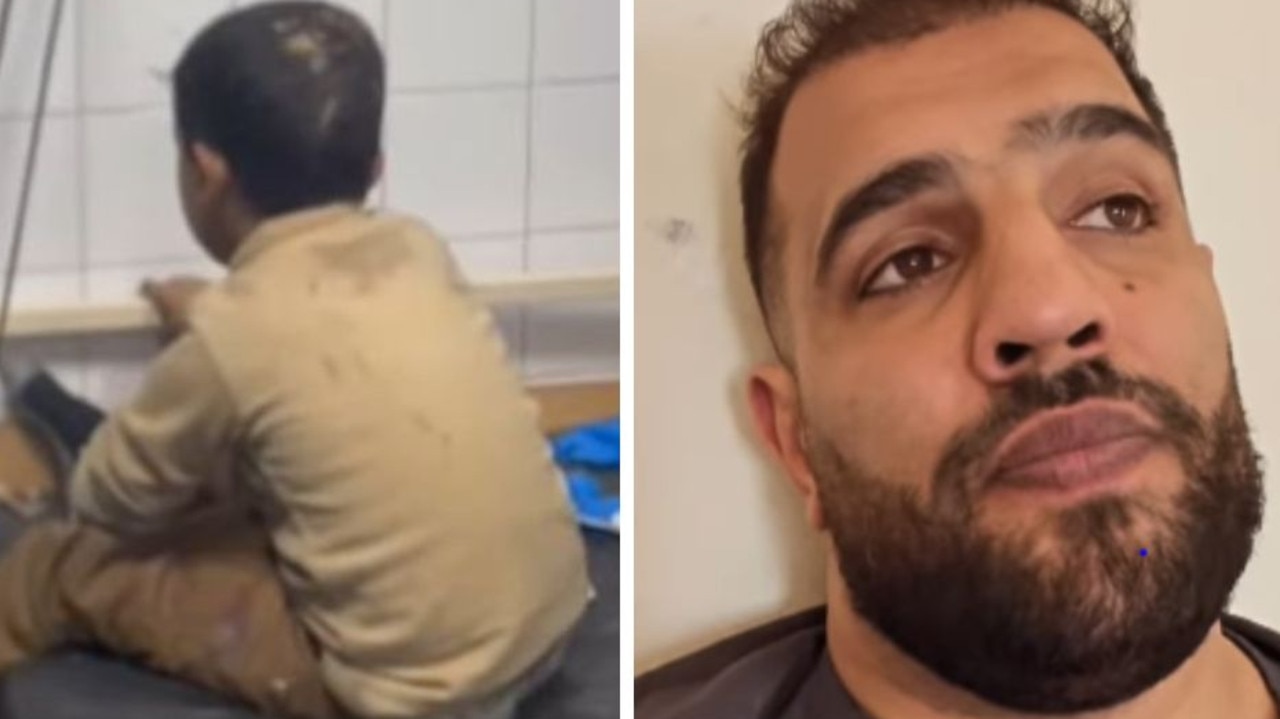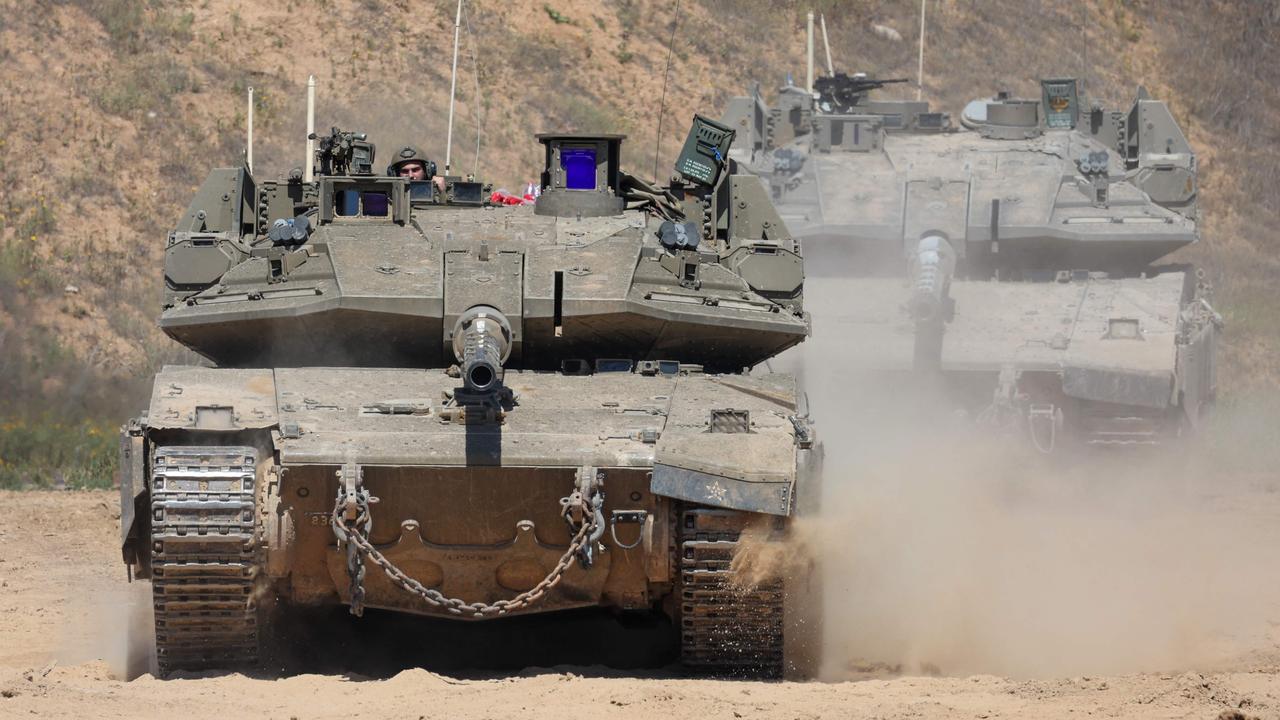Preparing for death: How Israel forced Hamas leader Yahya Sinwar into the open
The photo is confronting but, for many, also grimly satisfying: a corpse half-covered in rubble, mouth agape, surrounded by Israeli soldiers.
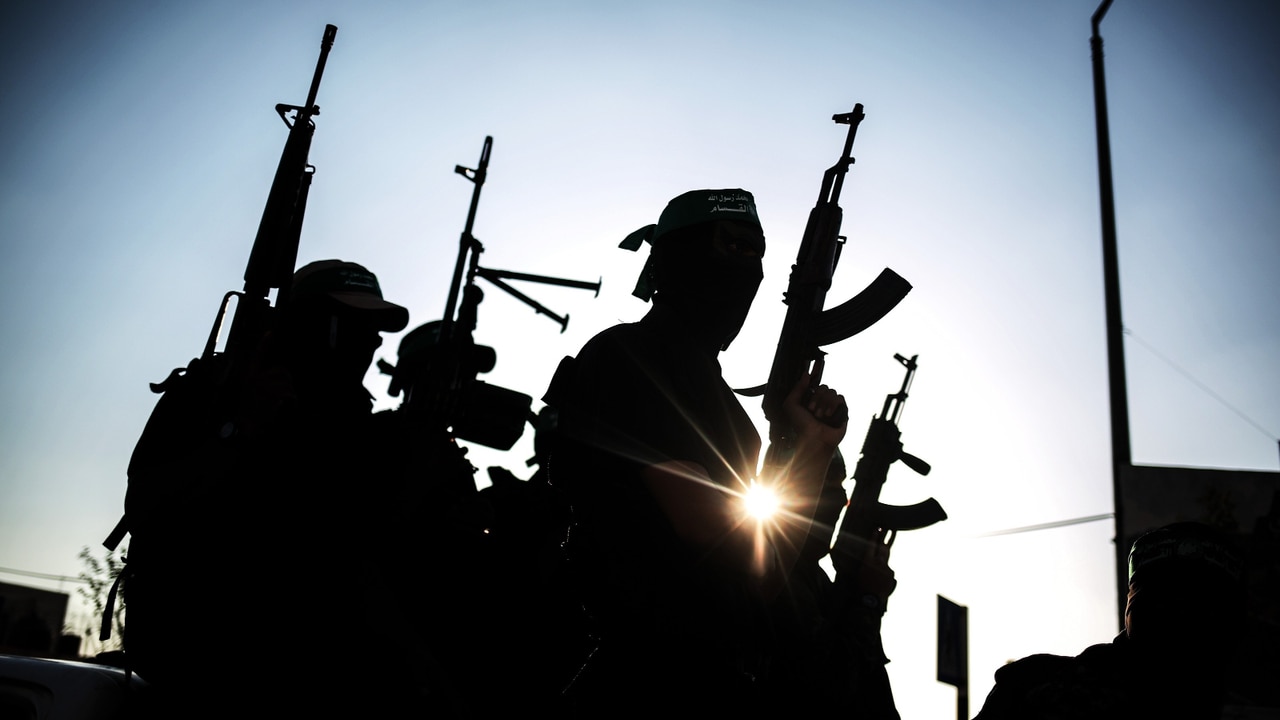
The photo is confronting but, for many, also grimly satisfying: a corpse half-covered in rubble, mouth agape, surrounded by Israeli soldiers.
It captures the fittingly undignified end of Yahya Sinwar, the Hamas leader who masterminded the terrorist group’s surprise attack on southern Israel a year ago.
Israel’s military, aided by the intelligence agency Shin Bet, had hunted Sinwar ever since. On October 16, without initially realising it, the IDF finally killed him.
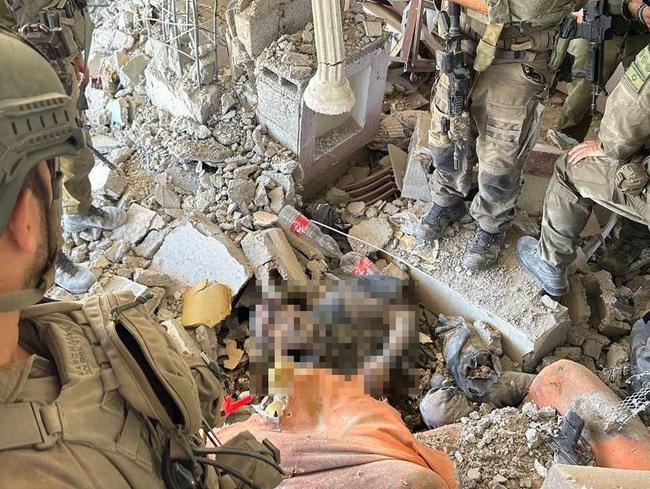
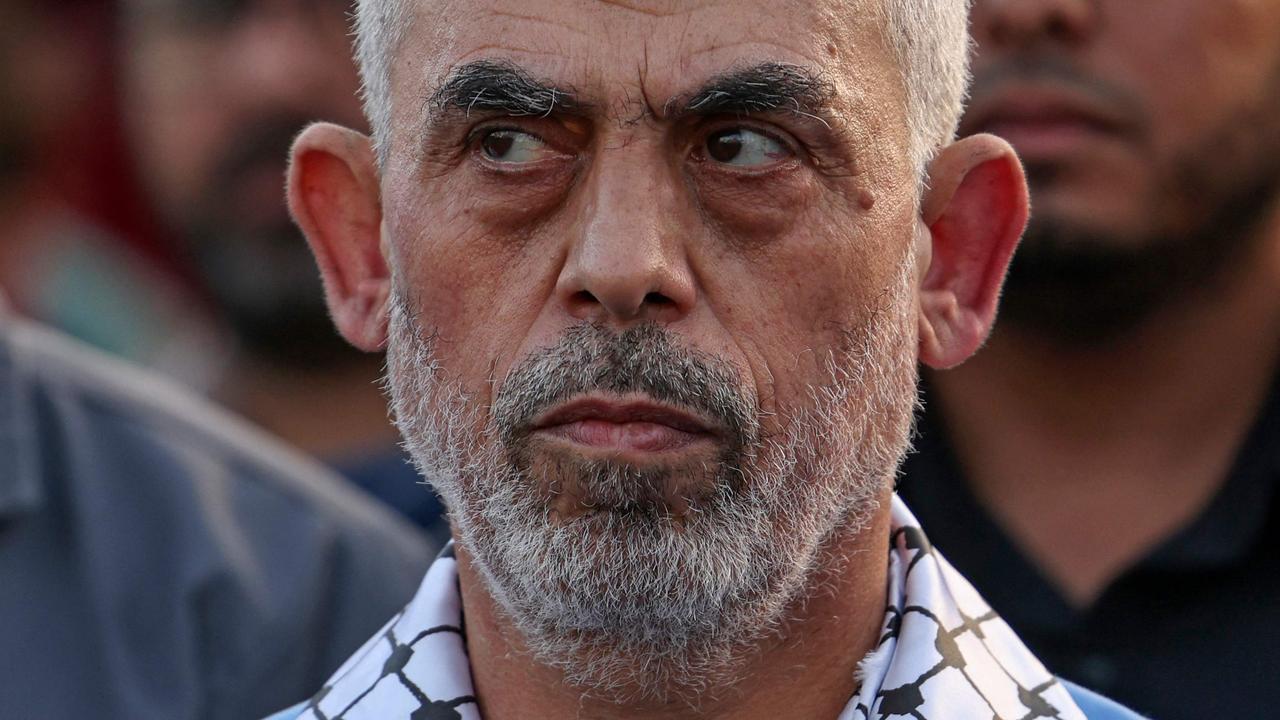
Ultimately Sinwar was undone not by a precision Israeli strike, but by a chance encounter with IDF soldiers, who spotted a small number of Hamas militants among ruined buildings in southern Gaza.
A firefight ensued, before the militants scattered into the buildings for cover.
The Israeli forces sent a reconnaissance drone into one of those buildings, where it captured footage of a man sitting in a chair.
He threw a block of wood at the drone, before an Israeli tank fired on the building, causing it to collapse.
IDF soldiers returned the next morning to inspect the rubble, and found the scene pictured above: the man from the chair, dead and half-buried among the ruins. Among the superficial details - a combat vest over his civilian clothes, and a keffiyeh - the soldiers noted that the body bore a strong resemblance to Sinwar.

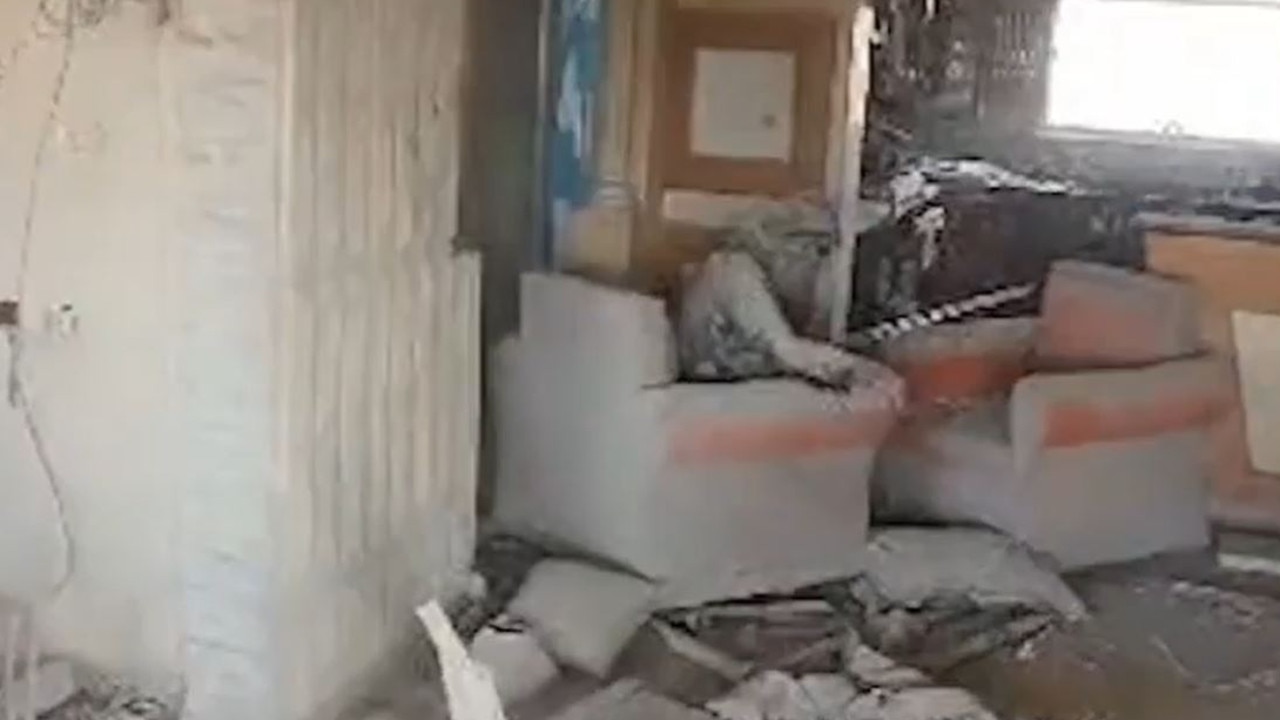
His corpse lay there, unmoved, until Herzi Halevi, Chief of the General Staff of the IDF, arrived in the late afternoon.
Israel used dental and DNA records, available to it due to Sinwar’s stint in an Israeli prison, to confirm that Hamas’s leader was, indeed, dead at last.
So, a chance encounter. But you can still trace Sinwar’s death to Israel’s year-long campaign, which eventually forced him to emerge from the relative safety of Hamas’s vast underground tunnel network and expose himself out in the open.
That’s been confirmed by the latest reporting from The Wall Street Journal, citing interviews with anonymous Israeli, American, Hamas and Arab officials.
“Israel’s military closed in on Hamas’s underground labyrinth, destroying strategic tunnel complexes. The Journal found that the tactic forced Sinwar to surface,” the paper writes.
“With ever-fewer places to hide, he spent more time above ground, in the Tel al-Sultan area of Rafah in southern Gaza.
“Israel didn’t know Sinwar’s exact location but it deployed forces to hunt him there. On October 16, Israel’s strategy to flush Sinwar out of the tunnels led to his killing, enabled by the skills of war and aided by chance.”
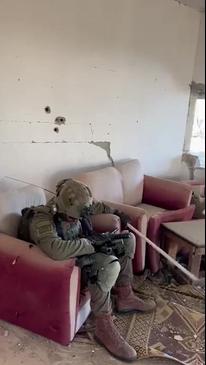
The Journal’s reporting, echoed by other publications, paints a picture of Sinwar as defiant until the end - but also suggests he was planning for his own death.
In the year since October 7, Sinwar repeatedly refused the idea of escaping the conflict via negotiations to release the Israeli hostages being held in Gaza. He sent multiple messages to Hamas’s political officials, urging them to refuse a hostage deal, because he believed mounting civilian casualties would intensify the international pressure on Israel.
“I’m not under siege, I’m on Palestinian soil,” he told Arab mediators early in the war.
But his situation gradually became more and more precarious.
In early January, when an Israeli strike in Lebanon killed senior Hamas official Saleh Arouri, Sinwar changed his methods of communication in an effort to keep himself safe. He switched to using couriers and notes, relayed to intermediaries, and fell back on aliases.
Then Israel started to infiltrate, ever deeper, into Hamas’s sprawling tunnel network. The IDF steadily built up its previously skant knowledge of the network, learning that certain tunnels were more important than others, and led to hidden underground compounds.
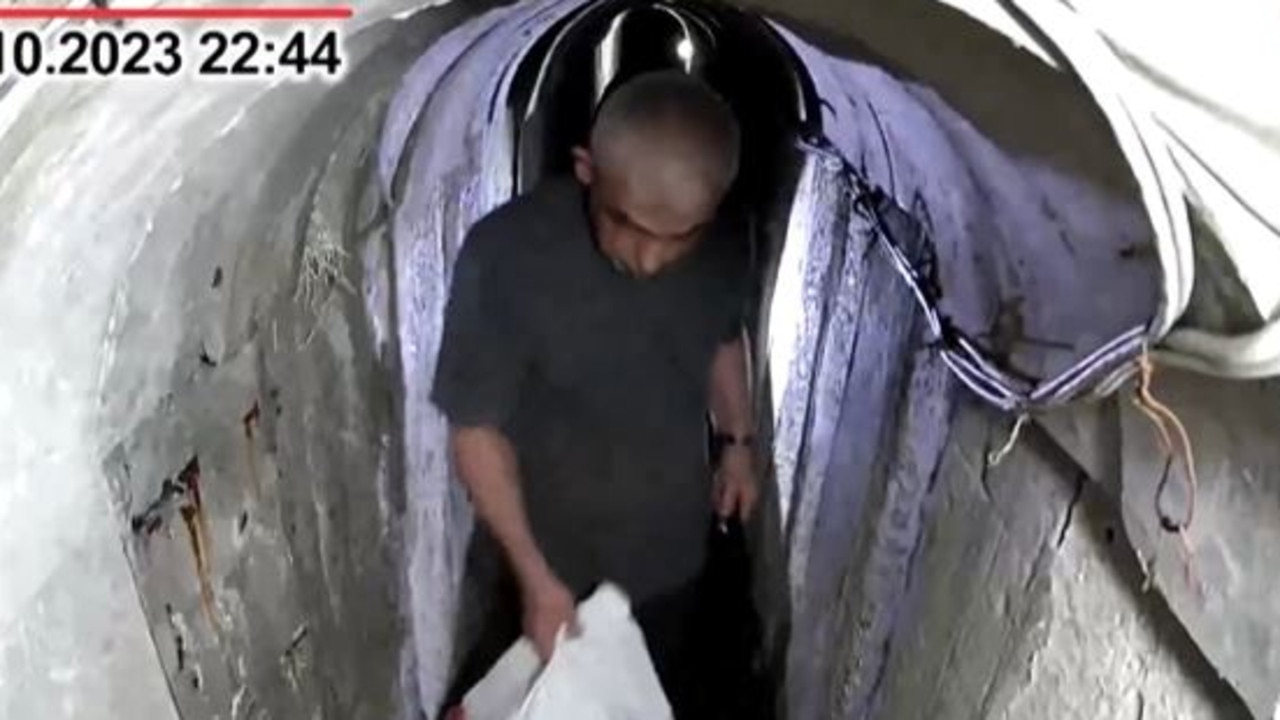
Hamas had not expected the Israelis to delve so successfully into the network. Sinwar found himself facing a very real threat.
“They thought we wouldn’t have the means, capability or audacity to enter these tunnels,” one Israeli commander told The Journal.
“But we did.”
However, their chief target remained elusive. On multiple occasions this year, Israeli forces believed they had come close to catching him, arriving in tunnels or compounds he had only recently vacated.
In January, DNA evidence confirmed that Sinwar had been hiding in a tunnel beneath Khan Younis. On another occasion, Israeli forces believed they arrived at an underground compound short moments after the Hamas leader had fled - a coffee he’d left behind was still hot.
The close scrapes appear to have left Sinwar somewhat resigned to his death, and he made preparations for it, telling other Hamas members they should respond to it by appointing a council to manage the transition to a new leader.
He also suggested Israel would be more open to concessions, in negotiations, to end the war after his death.
Israel continues to pummel Lebanon
The Israeli military’s strikes against Hezbollah in Lebanon are ongoing. One of them, today, reportedly killed the commander responsible for the terrorist group’s finances.
Israel did not reveal the target’s name, but said he was head of Hezbollah’s Unit 4400, which is “responsible for the transfers and the amount of funds” wielded by the group, and for the transportation of Iranian oil.
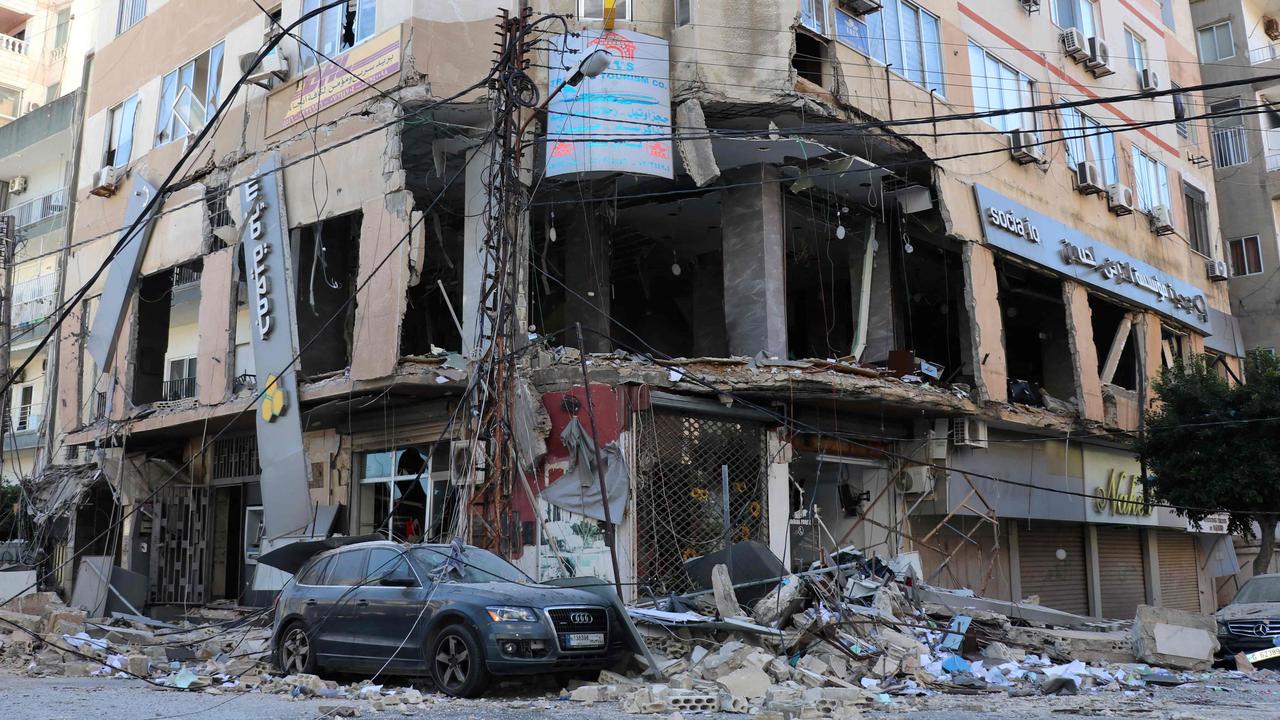
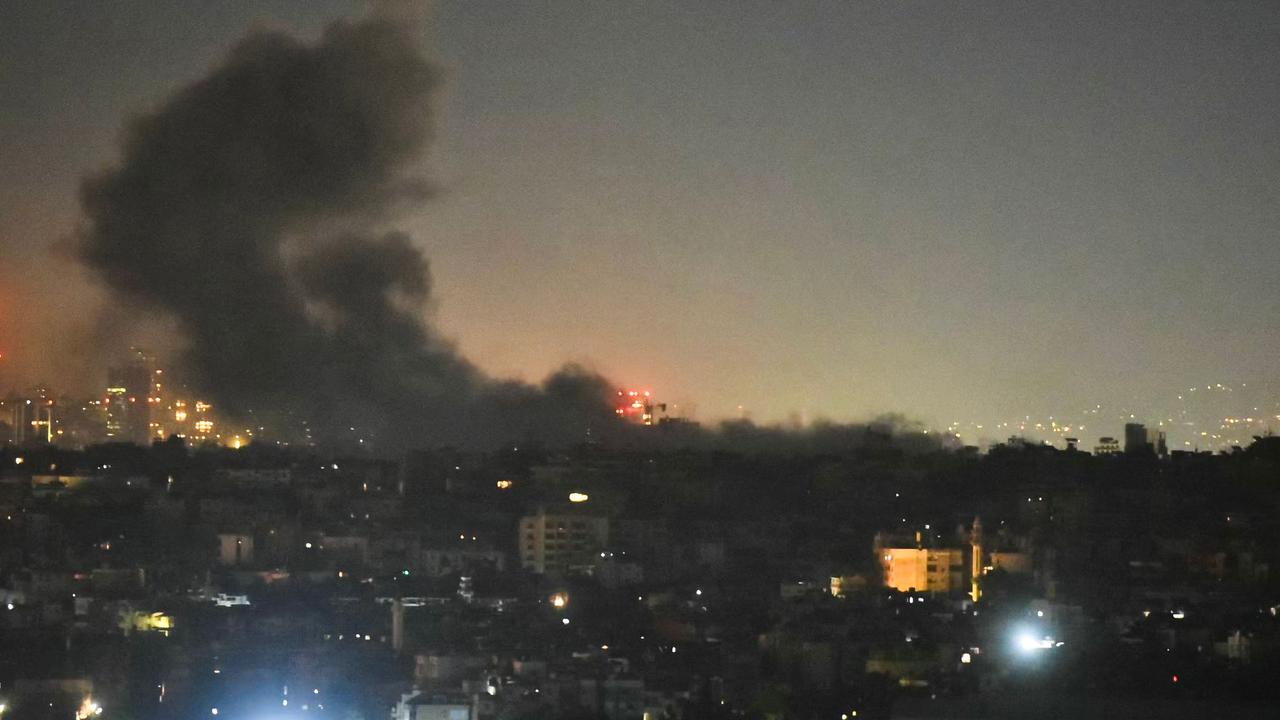
In another strike, near Lebanon’s largest public hospital, four people were killed today, including a child.
“The Israeli enemy strike near the Hariri Hospital killed, in a preliminary toll, four people, including a child, and injured 24,” the Lebanese Health Ministry said, adding that it caused “significant damage to the hospital”.
In a separate statement, the ministry said the strike hit the entrance to the hospital, “which is still operating and receives a large number of patients”.
It denied claims by the Israeli army that Hezbollah had hundreds of millions of dollars under the hospital.
According to Lebanon’s National News Agency, there were at least three Israeli strikes on the Ouzai district of south Beirut.
While most districts of Beirut’s southern suburbs have been emptied for almost a month, the densely-packed residential area of Ouzai was still filled with people because it had never been targeted before.
The NNA reported more than a dozen strikes on various south Beirut districts including Haret Hreik, just south of Ouzai, and Hadath.
Hezbollah-affiliated rescuers told AFP they were looking for survivors amid the devastation in Ouzai, adding that the evacuation order, then the strike, caused “panic among residents” who “started to run in the streets”.
“They did not leave any room for people to escape. The strike came closely after the warning,” one said.
- with AFP



